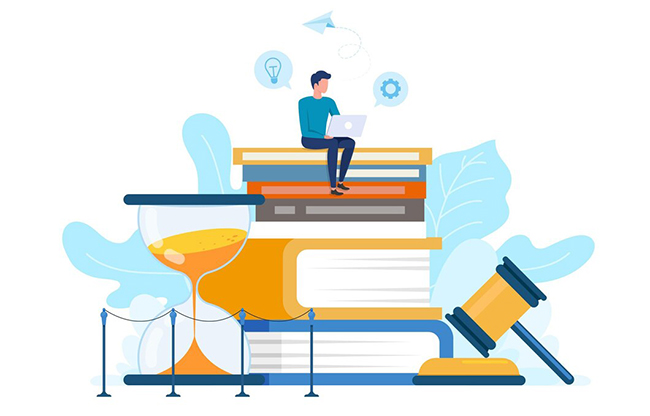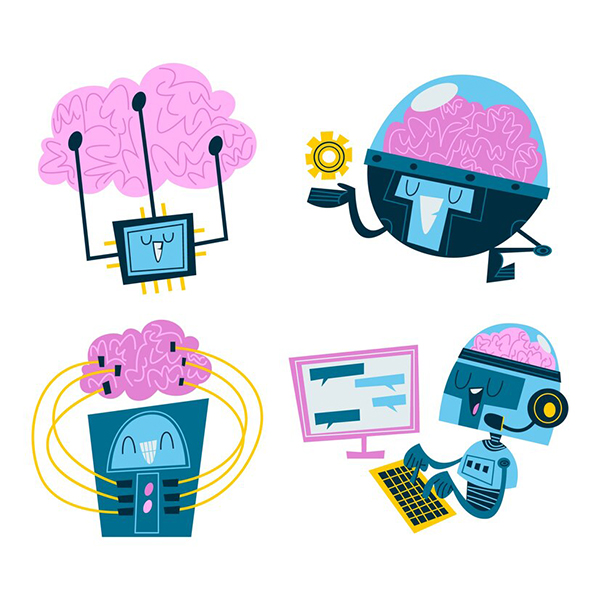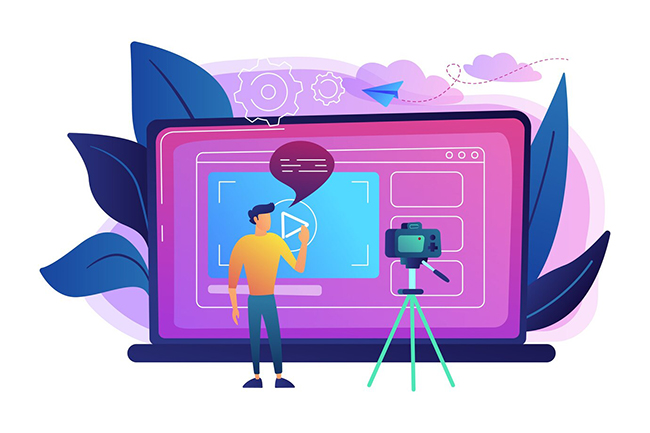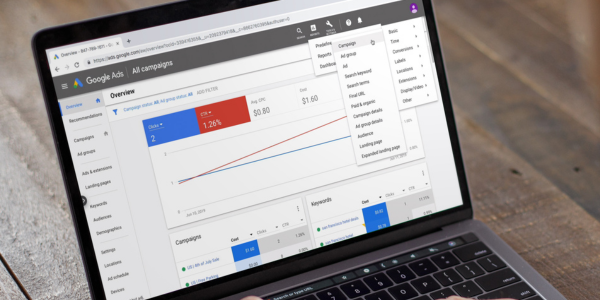content
Every year in the PPC industry does not pass without the introduction of new trends, while the trends of previous periods often become irrevocably gone. These are natural processes, as Google is constantly striving to evolve and provide the best service possible. Any changes are a real challenge for PPC specialists, so we at ADV Advantage have prepared and share with you the most anticipated forecasts for 2025 in the field of e-commerce.
Google will not give up its position amid legal problems
Google is one of the leading players in the e-commerce industry, thanks to its platforms that facilitate the sale of goods and services. However, the company faces numerous legal challenges related to these activities. The main ones are:
1. Antitrust Investigations.
One of the main problems for Google is the accusation of abuse of dominant position in the market. Antitrust authorities in the EU and the US accuse the company of favoring its own services, such as Google Shopping, in search results. This can create an uneven playing field for competitors and limit consumer choice.
Example: In 2017, the European Commission fined Google €2.42 billion for abusing its position in the search engine market.
2. Data Protection.
Google collects huge amounts of user data, which raises questions about privacy and compliance with regulations such as the GDPR in Europe. Misuse or insufficient protection of this data can lead to serious sanctions.
Risk: Misuse of personal data for targeted advertising or transferring it to third parties without user consent.

3. Tax Disputes.
Google is often criticized for using complex corporate structures to reduce tax liabilities in the countries where it operates. In the e-commerce sector, this is especially true as the company generates significant revenue through online sales.
Example: In 2020, France forced Google to pay €1 billion in tax liabilities after a lengthy investigation.
4. Intellectual Property
Google often faces claims of intellectual property infringement. This can relate to both content posted on the platform and the use of third-party trademarks in the context of advertising campaigns.
Example: Lawsuits from brands claiming that their trademarks are used in advertising without permission.
5. Consumer Complaints
Consumers and regulators often raise claims against Google regarding transparency of prices, delivery and return policies. This includes accusations of not sufficiently informing customers about the terms of purchase.
Risk: Failure to comply with consumer protection requirements can result in large fines and loss of user trust.
In 2025, Google will remain the main revenue channel for Alphabet, as the vast majority of advertisers cooperate with Google, and there is still no competition from Microsoft.
Google AI is with us for a long time
Now, at the end of 2024, we are only at the beginning of the emergence of artificial intelligence as a tool with limitless possibilities. AI tools are being actively implemented into the Google Ads system, not just for audience analysis and automatic bid adjustments.
AI helps small and medium-sized businesses save money on creating and modifying advertising media creatives, automatically generate catchy headlines and descriptions, and generally create more personalized ads.
The introduction of Google Gemini to Pixel smartphones is the first step in collecting and analyzing voice queries, so in 2025, advertisers will have to take a number of measures to process long tail keywords. This is most relevant for local business owners, as they receive the most conversions from such queries.

Multimedia advertising will play an even bigger role in 2025, as video content remains the most popular among Internet users. We may see changes on the YouTube platform, and with them new tools for managing advertising campaigns.
The introduction of AI-enabled visual search ads is already being tested in some countries, so we can assume that Google Lens will become a powerful tool for searching for products by photo.
Demand Gen promotion
Given the above trends in 2025, the existing Demand Gen campaign will become more popular, as AI technologies will focus more on the upper sales funnel, leaving the middle and lower levels of the sales funnel to Performance Max.
Content marketing will remain the main tool to achieve success, which can additionally attract users from paid channels. The main problem is the struggle for the attention of the audience, which is so difficult to retain amid high competition.

Demand Generation for the upper sales funnel is a key stage in building awareness and attracting potential customers. A successful strategy includes high-quality content, an active presence in digital channels, and the use of modern automation tools.
Changes in Performance Max (PMax) from January 2025
Starting January 2025, advertisers will have to add business names and logos directly at the campaign level, rather than individual asset groups, as it was before. This will be done using the CampaignAsset resource, which will replace the current AssetGroupAsset. This will ensure unified management of branded assets in automated advertising materials.
Read more: Targeting options for a PPC specialist
The current version of the Google Ads API (version 18) does not yet support the creation and management of campaigns with branded guidelines. However, Google plans to add these features in future API updates. Advertisers will be able to check the status of brand guidelines through the new Campaign.brand_guidelines_enabled field, which will help them monitor the compliance of their campaigns with the new requirements.

The purpose of the changes
The new rules are aimed at improving the quality of advertising campaigns by ensuring the correct and consistent use of branded elements. They reduce the risk of brand misrepresentation through automated verification of brand guidelines and increase transparency by giving advertisers more control over branded assets.
How to Prepare for the Changes
To adapt to the new requirements, you should update your campaigns in advance by adding your business name and logos to the appropriate sections. This will help you avoid any disruptions after January 20, 2025. It’s also important to keep an eye on API updates and check campaign compliance with new tools.
Subscribe to our newsletter



